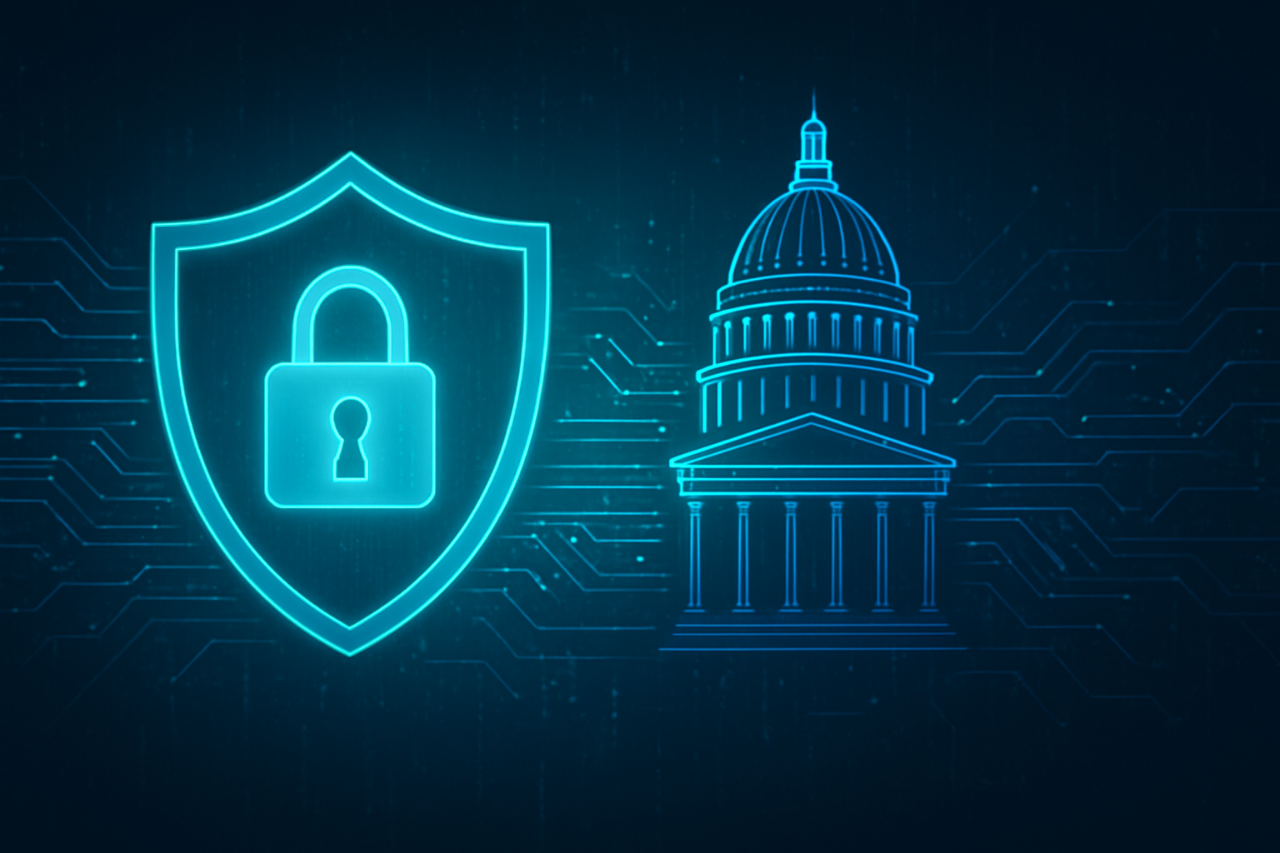The recent disruption of several Kenyan government websites sparked nationwide concern and brought attention to a critical issue: government website security. While attackers took advantage of weak systems, the deeper problem lies in poor practices, insufficient oversight, and the habit of assigning critical digital infrastructure to underqualified teams. This incident reminds us that strong cybersecurity is not a luxury—it is a necessity for governments and private organizations alike.
What Happened and Why It Matters
A coordinated attack temporarily compromised a number of high-profile Kenyan government websites, including the Presidency and multiple ministries. Although services were restored quickly, the breach exposed a harsh reality: attackers exploited weaknesses that better practices would have prevented.
The technology did not fail. The practices failed.
The Real Problem: Weak Practices, Not Weak Technology
1. Poor Cyber Hygiene
Outdated software, weak passwords, neglected updates, and minimal monitoring make websites easy targets. These issues remain common across many public systems, even when solutions are straightforward.
2. Underqualified Personnel Managing Critical Systems
Many organizations still hand cybersecurity responsibilities to individuals who lack the skills or experience needed to protect high-value platforms. This single mistake introduces avoidable vulnerabilities.
3. Reactive Mindset Instead of Prevention
Recovery after an attack is not enough. A proactive security culture stops threats before they succeed.
4. Weak Oversight and Governance
Security requires clear roles, policies, and accountability. Without strong oversight, even modern tools will fail.
How to Strengthen Government Website Security
1. Enforce Strong Authentication
Use multi-factor authentication and limit administrative access to trained personnel only.
Reference: CISA Best Practices – https://www.cisa.gov/topics/cybersecurity-best-practices
2. Update and Patch All Systems
Regular updates for CMS systems, plugins, operating systems, and libraries close vulnerabilities that attackers rely on.
Reference: NIST Cybersecurity Framework – https://www.nist.gov/cyberframework
3. Protect DNS and Domain Systems
Harden DNS records, use secure registrars, and enable DNSSEC where possible to prevent domain hijacking.
Reference: ENISA Best Practices – https://www.enisa.europa.eu/topics/cybersecurity-best-practices
4. Perform Regular Security Audits
Run penetration tests and vulnerability scans frequently to detect weaknesses before attackers do.
Reference: OWASP Top 10 – https://owasp.org/www-project-top-ten/
5. Implement Real-Time Monitoring and Logging
Active monitoring prevents small issues from becoming full-blown attacks.
Reference: MITRE ATT&CK – https://attack.mitre.org/
6. Maintain Strong Backup and Recovery Systems
Organizations must maintain off-site backups and have tested disaster recovery plans.
7. Choose Qualified Cybersecurity Professionals
Cybersecurity demands specialized knowledge. Organizations should never treat it as a side task.
8. Build a Security-First Culture
Leadership must champion cybersecurity. Policies must be clear, enforced, and reviewed regularly.
Reference: ISO/IEC 27001 – https://www.iso.org/isoiec-27001-information-security.html
Why WordPress Security Matters as Much as Government Website Security
WordPress powers over 40% of the world’s websites—including government portals, banks, NGOs, and major corporations. Its popularity also makes it a primary target for attackers. Strong WordPress security is essential for any organization that depends on it.
Key Steps to Strengthen WordPress Security
1. Keep WordPress, Themes, and Plugins Updated
Updates patch vulnerabilities that attackers actively scan for. Outdated components create major risks.
2. Use Trusted, Well-Maintained Plugins
Avoid plugins from unknown developers. Poorly coded plugins introduce backdoors, injection risks, and privilege escalation vulnerabilities.
3. Enable Web Application Firewalls (WAF)
A WAF blocks suspicious traffic before it reaches your site. Tools like Cloudflare, Sucuri, or server-level WAFs significantly reduce attacks.
4. Enforce Strong Login Security
Protect WordPress admin access with multi-factor authentication, strong passwords, rate-limiting, and hidden login URLs.
5. Limit Admin Accounts
Only trained, authorized users should have admin privileges. Remove unused accounts immediately.
6. Disable File Editing in the Dashboard
This prevents attackers from modifying theme or plugin files if they gain access.
7. Back Up the Website Frequently
Use automated backups stored off-site. Restoration becomes faster and more reliable after an incident.
8. Harden the Server Environment
Secure hosting, updated PHP versions, and server-level monitoring play a major role in overall security.
WordPress is powerful and secure by design. The risk emerges when organizations rely on poor practices or allow unqualified personnel to manage it.
A Wake-Up Call for Stronger Government Website Security
This recent attack exposed a simple truth: security fails when practices fail. Government institutions and private organizations alike must elevate their standards, invest in skilled professionals, and adopt proven security frameworks.
A secure digital ecosystem demands discipline, expertise, and continuous improvement. At Aquila Infotech, we help organizations build resilient systems, strengthen their defenses, and create environments where security is part of the culture—not an afterthought.
Cybersecurity References
-
NIST Cybersecurity Framework – https://www.nist.gov/cyberframework
-
CISA Cybersecurity Best Practices – https://www.cisa.gov/topics/cybersecurity-best-practices
-
OWASP Top 10 Web Security Risks – https://owasp.org/www-project-top-ten/
-
ISO/IEC 27001 Standard – https://www.iso.org/isoiec-27001-information-security.html
-
MITRE ATT&CK Framework – https://attack.mitre.org/
-
ENISA Cybersecurity Best Practices – https://www.enisa.europa.eu/topics/cybersecurity-best-practices
-
NICCS Cybersecurity Training – https://niccs.cisa.gov/
Other articles
-
eCommerce for Kenyan SMEs: The Urgent Growth Strategy You Can’t Ignore
-
Guide to Finding the Best Web Designer in Kenya
